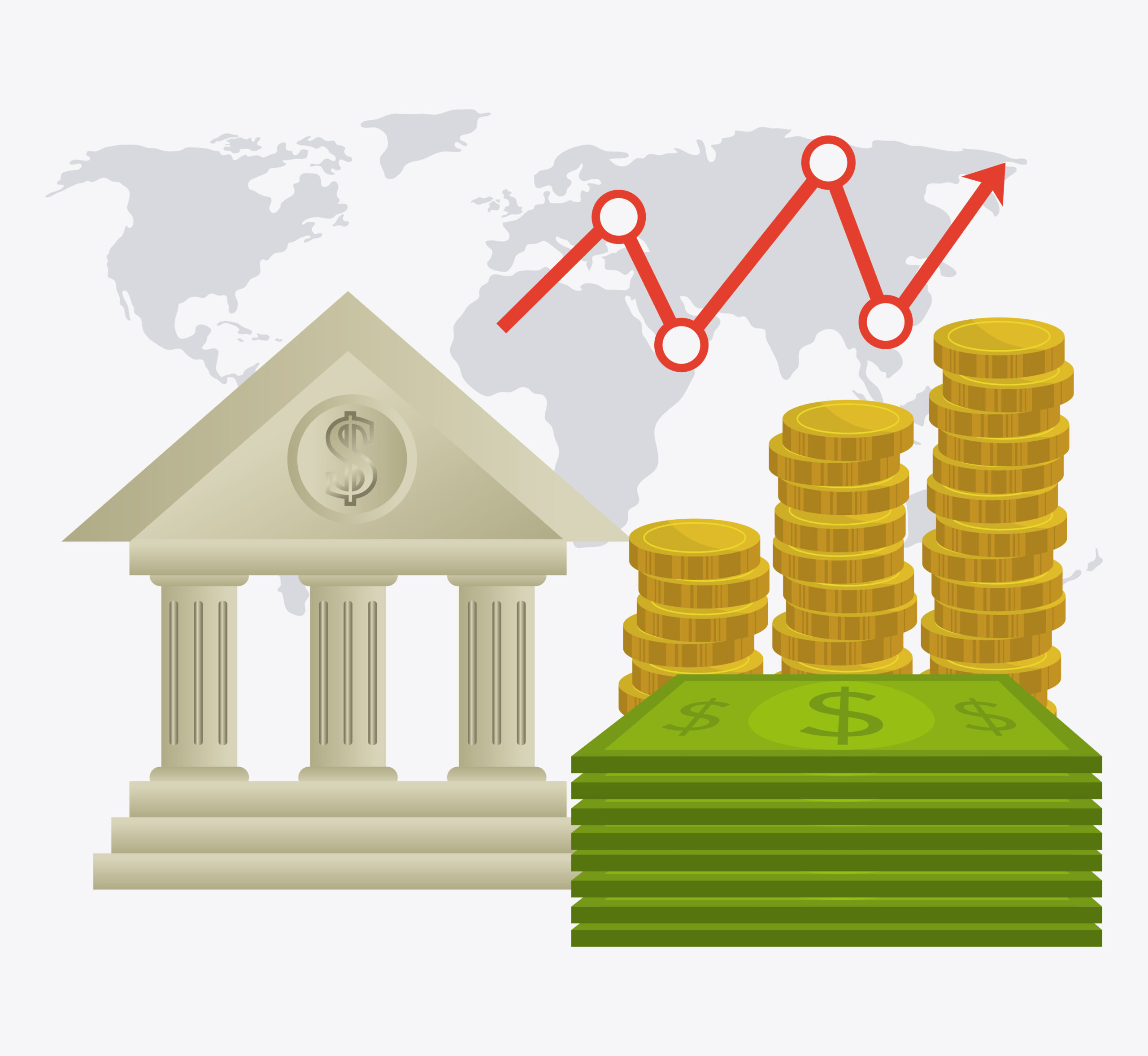Dividends are periodic payouts to shareholders from a company’s profits, while capital gains are profits earned when selling an asset for a higher price.
TL;DR Dividends Vs. Capital gains
Dividends are periodic payments made by companies to their shareholders out of their profits. They represent a portion of the company’s earnings distributed among its investors.
Capital gains occur when an investment increases in value over time. This gain is realized when you sell the investment at a higher price than what you initially paid for it.
Dividends

Dividends are payments made by companies to their shareholders as a portion of their profits. These periodic distributions serve as a way to share company earnings with investors.
Dividends can be in the form of cash or additional shares of stock. They provide shareholders with a direct return on their investment and can be an essential source of income for long-term investors.
Capital Gains

Capital gains refer to the profit realized from selling an asset, such as stocks, real estate, or investments, at a higher price than the original purchase price.
It’s the difference between the selling price and the initial cost, and it reflects the appreciation in value of the asset over time. Capital gains can be either short-term (assets held for less than a year) or long-term (assets held for over a year), each having distinct tax implications.
Dividends Vs. Capital gains – Key differences
| Aspect | Dividends | Capital Gains |
|---|---|---|
| Source | Payments from company profits | Profits from selling assets at higher price |
| Type of Income | Regular income for shareholders | One-time or occasional income from sales |
| Frequency | Periodic distributions (e.g., quarterly) | Realized when assets are sold |
| Nature | Direct returns on investment | Reflects appreciation in asset value |
| Tax Treatment | Taxed as ordinary income or at lower rates | Taxed at different rates (short/long-term) |
| Investment Goal | Income generation for shareholders | Profits earned from asset value increase |
| Reinvestment | Can be reinvested or taken as cash | Usually requires selling the asset |
| Volatility | Generally less affected by market volatility | Tied to market fluctuations |
When to receive payments
The timing of receiving payments depends on the context:
- Dividends: Dividends are typically paid out periodically by companies to their shareholders. The frequency varies but can be quarterly, semi-annually, or annually. The exact dates of dividend payments are determined by the company’s policies and are often announced in advance.
- Capital Gains: Capital gains are realized when you sell an asset, such as stocks or real estate, for a higher price than you initially paid. The timing of capital gains depends on when you decide to sell the asset. Once the asset is sold, the capital gain is realized, and you receive the payment from the buyer.
For both dividends and capital gains, the actual payment may not be instant. It might take some time for the funds to be transferred to your account after the dividend record date or the completion of the sale transaction.
How to reinvest
Dividends
- Dividend Reinvestment Plans (DRIPs): Many companies offer DRIPs, allowing you to automatically reinvest dividends to buy more shares.
- Brokerage Accounts: You can manually use dividend payments to buy additional shares of the same stock.
Capital Gains
- Investment Accounts: Use the proceeds from selling an asset (such as stocks) to buy other assets.
- Retirement Accounts: Reinvest by selecting new investments within your retirement account.
Considerations
- Research: Choose investments aligned with your goals and risk tolerance.
- Brokerage Platform: Use investment platforms that offer options to reinvest dividends or allocate capital gains.
- Tax Implications: Be aware of tax implications, as reinvesting doesn’t usually trigger immediate taxes.
- Diversification: Distribute funds across various assets to manage risk.
- Goals: Ensure reinvesting matches your investment objectives.
Contact Professionals
- Financial Advisor: Seek advice from a financial advisor for personalized guidance.
- Brokerage Support: Contact your investment platform for assistance in reinvesting.
Reinvesting can compound your returns over time and contribute to long-term wealth accumulation.
Image Credits
Featured Image By – DilokaStudio on Freepik
Image 1 By – upklyak on Freepik
Image 2 By – studiogstock on Freepik








